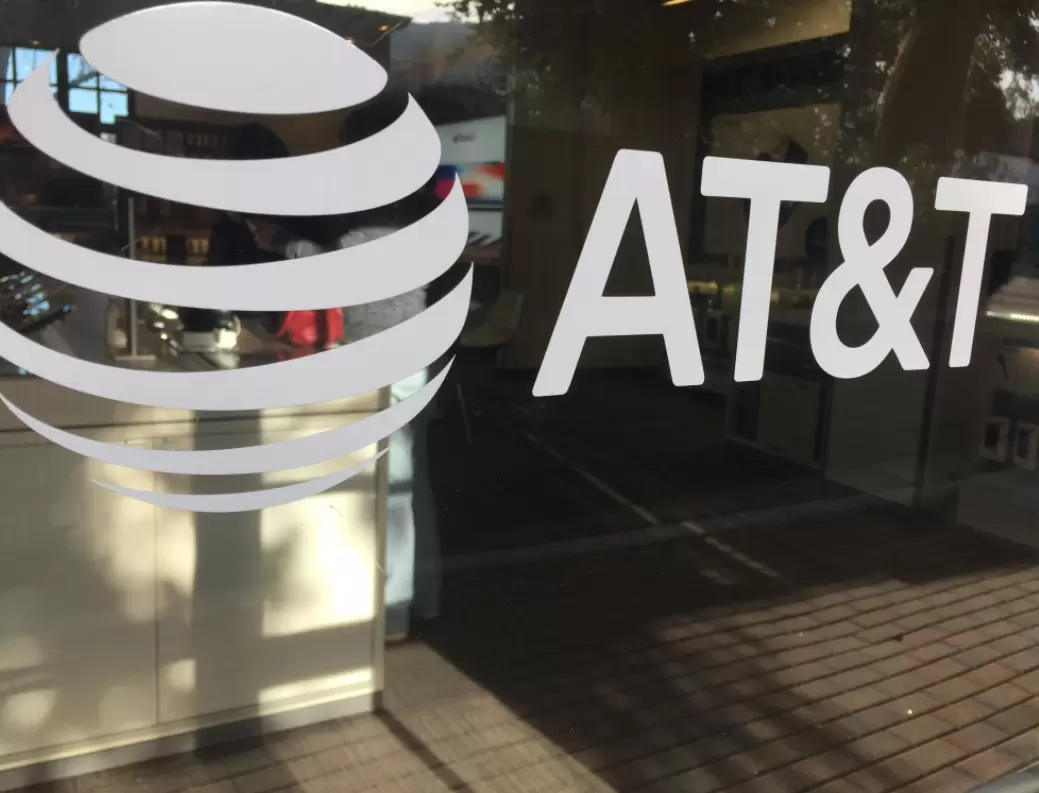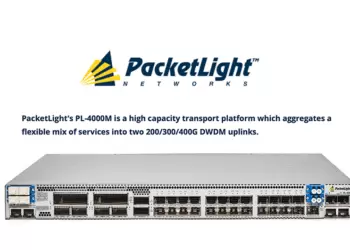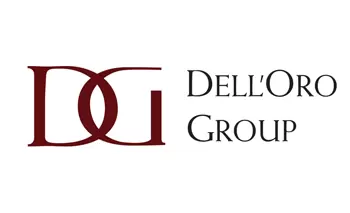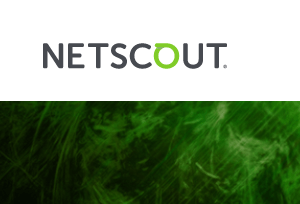Credo introduced new Dove 800D and 410D PAM4 DSPs chips optimized for active optical cables and short reach tranceivers targeting hyperscale data centers and AI applications. Sampling is underway.
The new 8x100G and 4x100G per lane devices incorporate VCSEL drivers and fourth generation DSP technology which combined, creates an optimized, high-performance, small footprint solution that meets the increasingly stringent energy efficiency requirements of hyperscalers. The Dove 800D and 410D DSPs are tailored for multimode optical fiber (MMF) applications.
The Dove 800D is designed for low-power, high-performance 2x400G, or 1x800G OSFP and QSFP-DD800 optical transceivers.
The Dove 410D is optimized for 2x200G or 1x400G QSFP112 optical transceivers.
Both devices include integrated Credo VCSEL drivers. Dedicated PLLs for each transmit and receive data lane enable a wide range of breakout applications. High-performance optical and electrical host side DSP technology, together with specialized performance enhancing features, compensate for optical and electrical impairments while maintaining low power dissipation. Highlights:
- 100G PAM4 on both the electrical host and optical line side.
- Fourth generation DSPs on optical side and electrical side deliver industry leading sensitivity and Bit Error Rate performance, providing margin for component variation and high-volume manufacturing.
- Line side Rx performance-enhancing features tailored to address optical impairments in stressful MMF environment.
- Integrated 100G VCSEL drivers with programmable laser currents to optimize module layout and reduce BOM costs.
- High-performance transmitters come with multi-tap FIR filters, allowing precision optimization at both the module electrical connector and optical interface.
- Host side interface supports extended PCB reach without the need for customized per-channel settings.
- Independent phase locked loops per channel support flexible breakout configurations including 2x400G, 4x200G and 8x100G.
- Full suite of test features and loopbacks simplifies lab bring up and production testing to reduce time-to-market.
- Low-power dissipation enables higher rack utilization and lower thermal cooling requirements.
“The newest hyperscale buildouts require an increasing number of optical fiber connections driven by applications such as AI and machine learning,” said Michael Girvan Lampe, Vice President of Worldwide Sales and Marketing at Credo. “The majority of this traffic is sent over short 400G and 800G MMF links using optical SR4/SR8 modules or Active Optical Cables (AOCs). Dove 800D and 410D DSPs, with integrated VCSEL drivers, address this expanding market and enable our customers to simplify their PCB design while reducing overall module costs.”


















